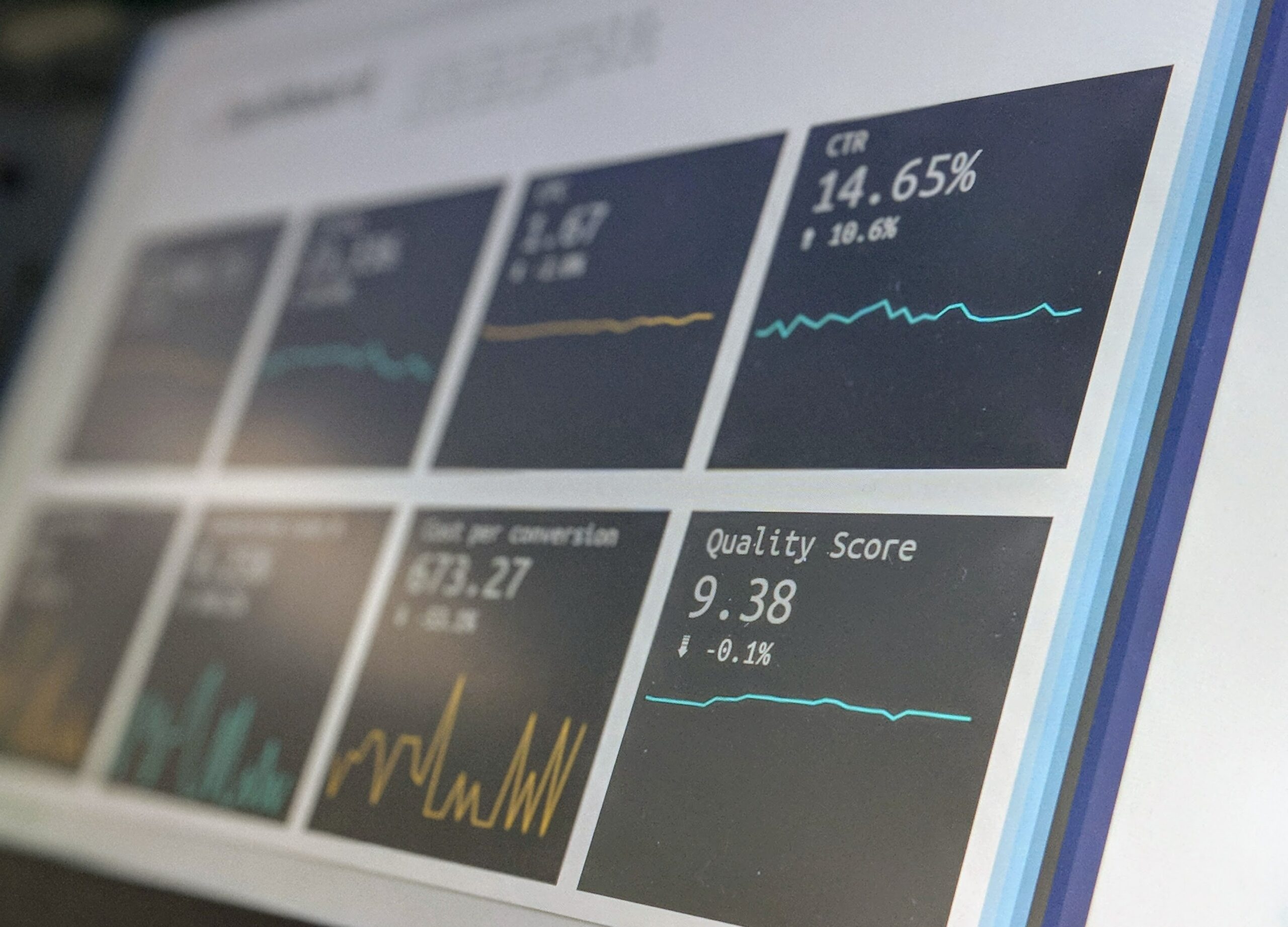What Is Stock Market Financial Ration Analysis?
It can take a long time to evaluate a company’s performance. It’s impossible to judge a company’s efficiency and true worth based on its financial performance.
We will go through eight financial ratio analyses that every stock investor should be aware of in this piece. Financial ratio analysis have become a valuable tool for investors looking for shortcuts.

They’re accessible to make investing in stocks easier for investors. The financial accounts contain a lot of information, and it can be challenging to sort through it all.
An Investor’s Guide To Financial Ratio Analysis:
A company’s price to earnings (PE) ratio tells you how much the stock is worth. For a long time, investors have relied on the ratio as one of the most important financial ratio evaluations. Let’s take a closer look at the PE ratio’s various components.
If you want to know about the stock price, look at the most recent closing price. When the PE ratio is high, the investor is paying a lot of more for shares of the company’s stock.
This formula can be used to figure out what the PE ratio is:
Lower is defined differently in different industries, although this is to be expected. When examining the PBV ratio, an apple-to-apple comparison should be made.
Because we already know the results of the company’s last twelve months’ performance, finding the trailing EPS is much simpler. The PBV ratio shows how much shareholders pay for a company’s net assets.

A lower PBV ratio typically indicates that a company’s stock is mispriced:
Earnings per share can be calculated using either trailing EPS or Forward EPS, which are both estimates of the company’s forward-looking basic earnings per share. When determining a company’s price-to-book value ratio, only other IT companies’ PBV should be considered, not those in other industries.
The ratio of the current price to the current value:
For evaluating a company’s liquidity, the current ratio is an essential financial number to know. This financial ratio analysis is used to determine the current assets to liabilities.
The following is a formula for calculating the current to voltage ratio:
Using this Ratio you may determine if a corporation has the short-term assets to cover it. In contrast, if the current ratio is too low, the corporation will be at risk.

Debt-to-Equity Ratio (DE):
The debt-to-equity ratio indicates how much money a corporation owes vs. how much it owns. It is generally regarded as dangerous to invest in companies with a debt-to-equity ratio greater than one. Debt-to-equity ratios rise with a company’s leverage, and a corporation with a weaker equity position is riskier.
The Financial Ratio Analysis of the price to the sales price:
Similar to the P/E ratio and the P/S is another way to estimate the value of a company’s stock. Using the price to sales ratio (P/S), you can determine how much a company’s stock is worth based on how much money it makes in sales each year. In our ranking, the most relevant ratio is earnings per share.
As long as the earnings per share is increasing, it’s a good indicator. If the EPS is decreasing, stagnant, or fluctuating, it’s time to look for another firm: You should constantly review the last five years’ earnings per share (EPS) before investing in any company.
ROE: Return on Equity:
By showing how much a company makes with the money shareholders have invested, financial ratio analysis reveals its profitability. Return on equity (ROE), determined as a proportion of net income and returned as a percentage of shareholders’ equity.
So, ROE is a measure of a company’s ability to compensate its shareholders for its capital. When determining a stock’s market yield, divide the yearly cash and share by the stock’s current market price.
Many developing businesses do not pay dividends but rather use the proceeds of their financial instruments to further their expansion. Anyway, a dividend yield that is either stable or increasing is a positive sign for dividend investors. Because of this, investing in a high or low dividend-paying company is entirely up to the investor.

Every stock investor should be familiar with the following eight financial ratio analysis:
Earnings per share have increased during the last five years (EPS).Comparatively low price to earnings ratio (P/E) to other companies in the same industry. Relatively low P/B compared to other firms in the same industry.
- Leverage should be smaller than the ratio of debt to equity.
- A lower price to sales ratio is preferable.
- Current Ratio – should be higher than this value.
- Dividend Yield – Preference for a stable or rising yield.
Ratio Analysis Using Financial Statements:
In addition, our stock market website is available to you. Trade Brains Portal’s financial ratios are easy to locate if you know where to look. To calculate the equity share valuation ratios based on trades.
Take a look at all of the four mentioned financial ratios, for example.
Different financial ratios analysis to consider include the Profitability, Efficiency, Valuation, and Liquidity Ratios and others. There are numerous large financial websites where investors can discover all of the aforementioned critical ratios and other crucial financial data. Now that we’ve mastered the fundamentals of financial ratio analysis, it’s time to figure out where and how to find these numbers.

